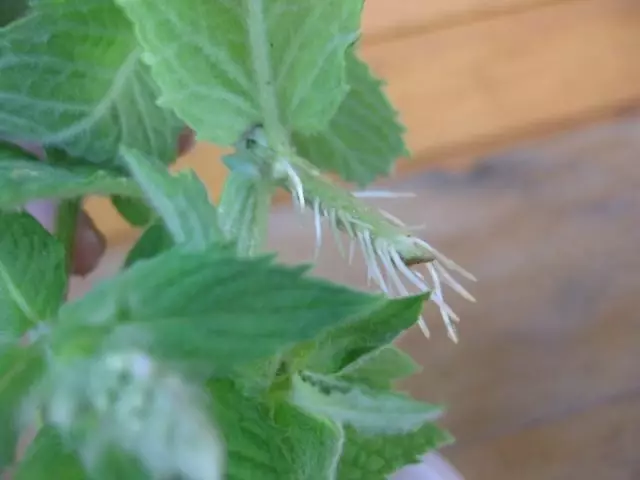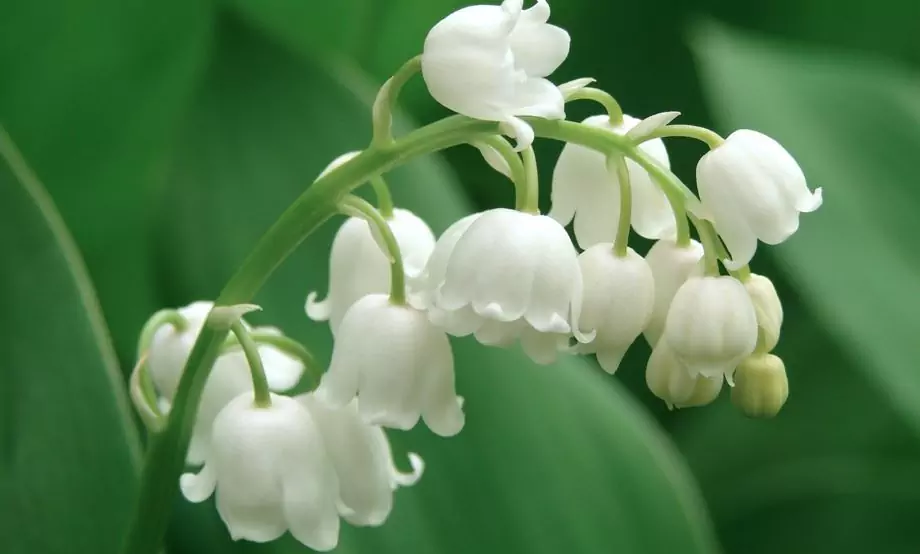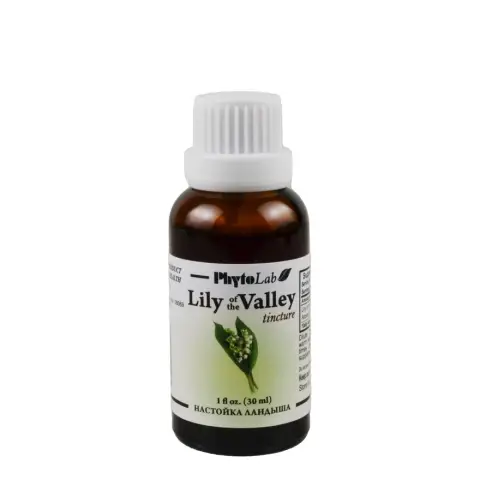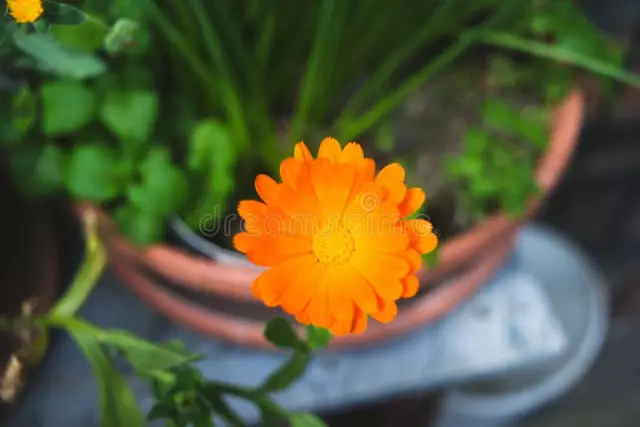- Author Rachel Wainwright [email protected].
- Public 2023-12-15 07:39.
- Last modified 2025-11-02 20:14.
Curly lily
Instructions for use:
- 1. Medicinal properties
- 2. Application in traditional medicine
- 3. Application in cosmetology
- 4. Contraindications
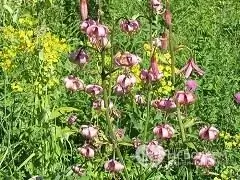
Curly lily is a perennial bulbous plant from the Liliaceae family, reaches a height of 1 meter, blooms in summer (June - July), flowers are white or pink. Every year, the leaves and stems die off, but the bulb remains alive. The plant is widespread in Asia and Europe. The chemical components of curly lily are poorly understood, the bulbs contain some alkaloids, vitamins, boron, iron, and sugar. The stems, leaves and flowers contain flavonoids and saponins, tannins, ascorbic acid.
Medicinal properties
For the manufacture of medicinal raw materials, all parts of the plant are used - bulbs, stems, leaves and flowers. Preparations based on curly lily have a sedative and analgesic (analgesic) effect, they are also used for internal bleeding. The juice of this plant is used as a wound healing agent.
Application in traditional medicine
Curly lily has long been used in folk medicine in many countries of the world (Mongolia, Yakutia, Tibet, China).
The juice of this plant is used to heal wounds and trophic ulcers. Inside the juice is used to treat erosions and stomach ulcers. Curly lily leaves are applied to the burn area to relieve inflammation and swelling.
For nervous disorders, depression, asthenia, toothache and lack of appetite, it is recommended to take an infusion of curly lily bulbs. To prepare it, you need a bulb of this plant (weighing about 15 g), pour boiling water over it and insist for 15 minutes. After that, the infusion is filtered and taken 3 times a day, 1 tablespoon.
An infusion of curly lily flowers is used for diseases of the gallbladder (chronic cholecystitis, dyskinesia).
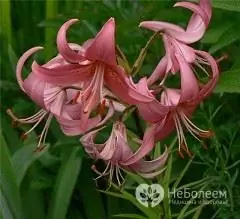
Tincture of flowers and leaves of this plant is used both as a sedative for diseases of the nervous system, and as an analgesic for pain of various origins (toothache, menstrual pain). Curly lily tincture is made as follows: flowers (leaves) are poured with vodka, placed in a dark glass dish and left in a cool place for 42 days. After that, the tincture is filtered and diluted with boiled water in a ratio of 1: 3. Alcohol tincture is also used for diseases of the cardiovascular system, eye strain, visual impairment, jaundice.
Application in cosmetology
Curly lily is also used as a cosmetic. A decoction of the bulb of this plant (at the rate of 1 bulb per 250 ml of milk) is used for inflammatory diseases of the skin of the face (furunculosis, streptoderma). You can also prepare a face mask from the decoction of the bulbs by mixing it with honey and mustard flour (all parts in equal proportions). This mask helps to cope well with skin pigmentation and freckles.
Curly lily juice and infusion from its leaves can be used in lotions, creams and homemade masks.
For dry and aging skin, a special mask is made from lilies based on an oil extract from flowers. For this, the flowers of this plant are placed in an impenetrable glass dish, filled with olive (or peach) oil, and infused for 2 weeks. Then the oil extract is filtered and mixed with lemon juice, honey and egg yolk. The mask is applied to the face for 20-30 minutes and then washed off with warm water. The use of this recipe helps to give the skin firmness, elasticity and a radiant complexion.
Contraindications
Curly lily has a specific heavy aroma, which is poorly tolerated by some people and causes dizziness.
Information about the drug is generalized, provided for informational purposes only and does not replace the official instructions. Self-medication is hazardous to health!

